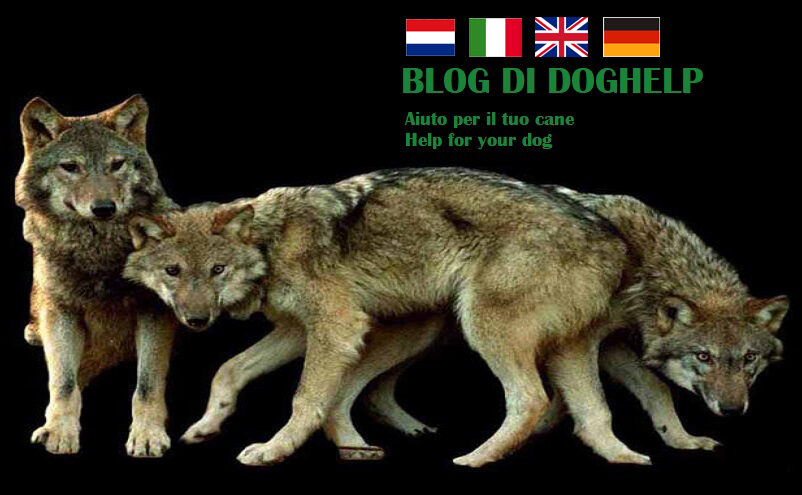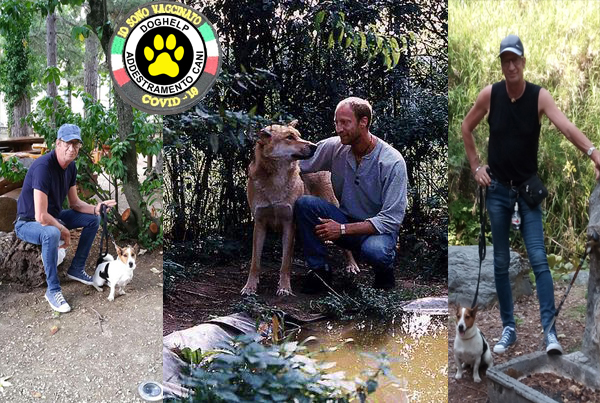(Dear) Dogs, (Naughty) Children2;
Young children and dogs share common behavior; that they can often react impulsively, creating potentially dangerous situations that can escalate in a second. (Dear) Dogs, (Naughty) Children2;
It is an established fact that most dog bites are inflicted on members of the family. In the majority of cases, children are the victims!
Why? The answer is simple: adults often do not see and / or understand the behavior of the dog.
For a safe friendship between children & dogs, guidance from an adult – with full knowledge of the facts – is absolutely necessary.
An example; In many families, walking the dog is left to the child. However, young children do not have the ability to always correctly assess situations and to guide the dog from a calm assertiveness. In addition, younger children will never take a higher rank in relation to the dog. In other words; A young child is never in charge of the dog.
Dealing with dogs is something you have to learn. In most cases it is not something that goes by itself. This applies to us adults, but certainly also to children.
Especially when children do not want to comply with the rules set by the parents or owners of a dog, then at some point the relationship between the child and the dog will go wrong.
The dog will then, in response to the child’s improper actions, exhibit certain behaviors, such as running away, turning its head, licking its mouth, growling, baring its teeth, or even biting. The dog is almost always blamed for an incident.
Obviously this should be avoided!
There are a number of “rules of the game” that ensure that the risk can be kept to an acceptable minimum. (Always be aware that supervision is always necessary to prevent or properly supervise undesirable situations).
Some rules for children;
1. The owner of the dog is the person who guides contact between the child and the dog.
2. Do not leave the dog alone with a (young) child or let the child walk the dog. Not even if the child belongs to their own family!
3. Always allow children to approach the dog calmly.
4. If the dog runs away, make sure the child leaves the dog alone.
5. When the dog is sleeping, do not let the child disturb the animal.
6. If the dog is eating or has a bone; keep the children away from the dog.
7. Respect for the dog’s own “space”. Leave the dog alone if it withdraws.
8. Do not keep fingers or objects near the dog’s eyes, ears or nose and mouth.
9. Forbid the child from letting the dog jump on him.
10. The child should control his temperament in front of the dog.
11. Leave the contact initiative to the dog. The child is forbidden to impose himself on the dog.
12. It is absolutely forbidden for a child to climb on the dog or approach him with his toys.
If you have any questions or comments regarding this article, please let me know.









